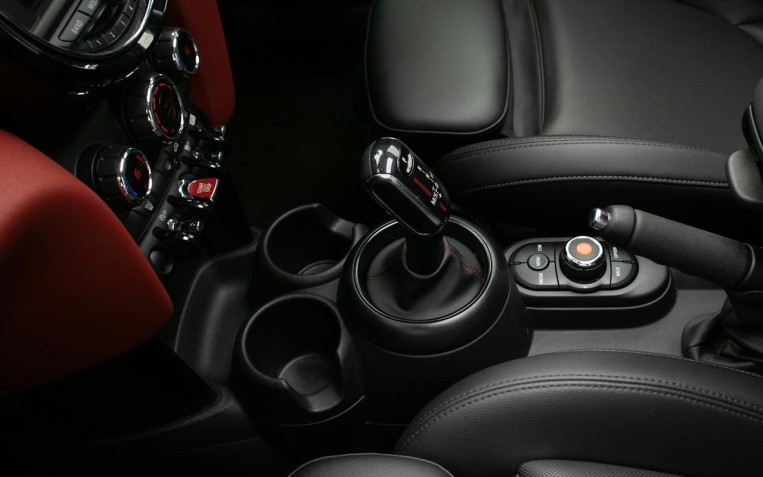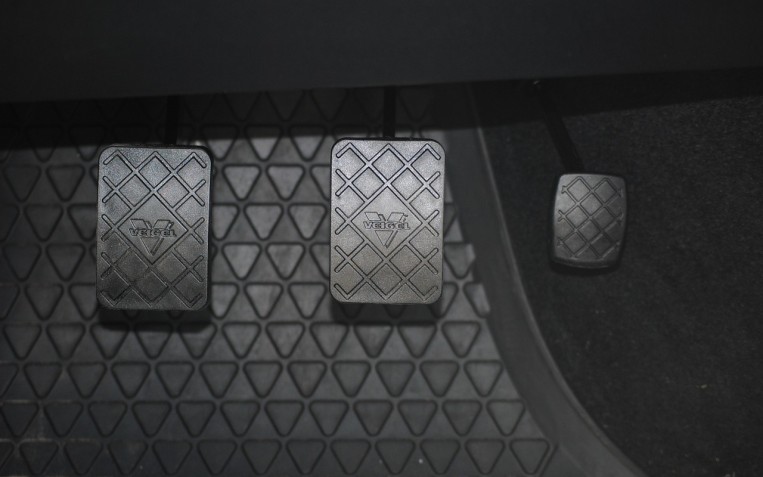What do dashboard warning lights mean?

What are dashboard warning lights?
Most vehicles are equipped with multiple electronic sensors that monitor how your vehicle performs. These are known as warning lights that appear on your car dashboard. They serve to inform, alert and warn you when a problem with your vehicle occurs. Some symbols that are usually in white or blue are purely informative and will appear to remind you that your lights are on, the temperature outside is low or that your indicators are in use.
With so many different symbols, it can be hard to know what each one means. We have compiled the most common warning lights that appear and what they mean in this helpful guide.
What do the colours of dashboard warning lights mean?
Firstly, it is useful to know what the different colours on your dashboard lights mean for your vehicle. Generally, there are three main areas:
Green warning lights – this signifies that your system is working correctly or that your vehicle is currently in use.
Amber warning lights – this suggests that something may not be working as it should be and requires you to investigate as soon as possible. It serves as a reminder to take extra care.
Red warning lights – this indicates that there is a serious and potentially dangerous problem. If a red dashboard light appears, you should stop driving as soon as it is safe to do so.
Dashboard warning lights
Engine Management Light
Also known as the ECU, the engine warning light indicates that your engine is not working properly and that there may be a problem with one or more of the engine components. The reasons for this could include:
- High engine temperature
- Lack of power as you apply the accelerator
- A blown bulb
- A faulty electrical sensor
It is important to have this checked as soon as possible as continuing to drive when this warning light appears would risk causing further damage to your engine.
Airbag Warning Light
If this warning light appears, it signifies that at least one element of the airbag safety system is not working correctly. This means that if an accident were to happen, the airbag may not be released in the crash. Therefore, it is vital to have this checked out immediately.
Brake Warning Light
Typically, this indicates that your handbrake or parking brake is applied. However, if the light remains on even after you have fully released the parking brake or handbrake, then it could signify the following:
- Brake fluid is leaking
- Brake fluid level is low
- Brake pads are worn and need replacing
- The braking system is not working correctly
As your braking system is fundamentally your vehicle’s safety system, you should never ignore this sign if it appears. It is best to stop driving as soon as possible and book yourself in at your local PTA Garage to allow a specialist to check over your brake system.
Power Steering Warning Light
This light signifies that there is a problem with your power steering, and it may begin to fail. If this light appears at high speed, it could be highly dangerous as steering will become heavy and your vehicle may be difficult to control. The reason why this light appears could include:
- A fault in the power steering system
- Power steering vehicle fluid levels are low
If this light appears, you should stop as soon as you possibly can and try and turn the vehicle off for 30 seconds and then restart your car. If the light remains on the dashboard, it is important you reduce your speed when you safely can and drive slowly. It is vital to get this checked out by a specialist as soon as possible.
Engine Oil Warning Light
This indicates that your engine oil level is low or that the oil temperature of the vehicle has become too high. You should pull over and allow the engine sufficient time to cool down and then check under the vehicle for any obvious leaks. If the light does not disappear after you have topped up your engine oil, you may break down and would need to call for rescue.
Low Tyre Pressure Warning Light
Vehicles are fitted with a Tyre Pressure Monitoring System to indicate to the driver that their tyre pressure is low and needs inflating. You should pull over when it’s safe to do so and check your tyres if you do see this sign. If there are signs of damage such as tears cuts, bulges, lumps, or punctures, you should aim to inflate the air of your tyres to your recommended pressure. The reasons why this light may include:
- A loss of pressure in the tyre due to damage
- A loss of pressure in the tyre caused by general driving
Battery Warning Light
If this warning light appears as you are driving, it could indicate that your battery is not charging. Though your vehicle will still run as normal until the battery is dead, it will then stop working completely. You should pull over as soon as possible and switch off all unnecessary electrical systems. If you do run out of charge, you can jump start your battery or call for breakdown assistance. You can also visit your local PTA Garages for a free battery health check. The reason why your battery warning light may appear include:
- A broken alternator belt
- Problems with the alternator
- A damaged connection in your battery system
Anti-lock Brake System (ABS) Warning Light
This warning light is also associated with the brakes and flags an issue with the anti-lock braking system (ABS) which stops you from losing traction when braking and helps you to retain control of your vehicle to avoid skidding. If this light appears on its own, you should take extra care and get it checked as soon as you can at your local garage. The reason this light appears could mean:
- An electric fault with the ABS system
- A defective wheel speed sensor
- Brake fluid is low in the ABS system reservoir
If you notice any of these symbols whilst driving, visit your local PTA Garages branch as soon as possible or contact a member of our specialist team who will be able to offer guidance and advice. Alternatively, book in for an interim service or a car diagnostics test to ensure your vehicle is working correctly.
Related Content

Should I have soft or stiff suspension springs for my vehicle?
Suspension springs are essential for maintaining your vehicle’s stability and ride height. Over time, the springs will succumb to wear and tear, which affects how your car handles, brakes and accelerates on the road. Discover whether you should...

What is engine braking?
Engine braking involves taking your foot off the accelerator pedal, allowing your car to slow down. Over time, the parts on your vehicle’s braki...

A guide to the different types of car clutches
The clutch is responsible for channelling the power from the engine, through to the gearbox, and the wheels. Your vehicle's clutch will differ dependi...

